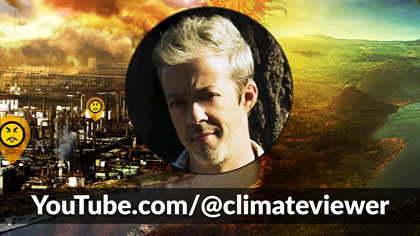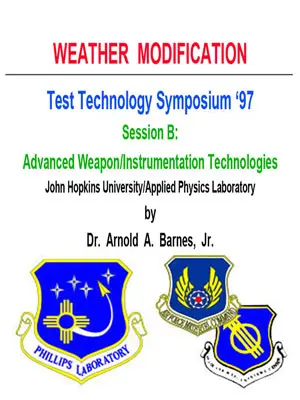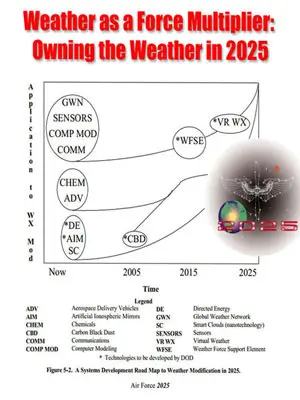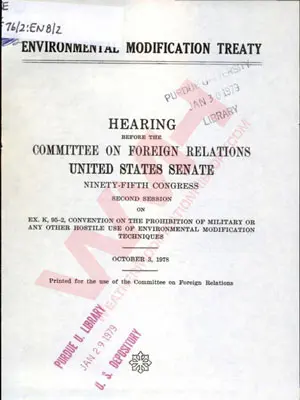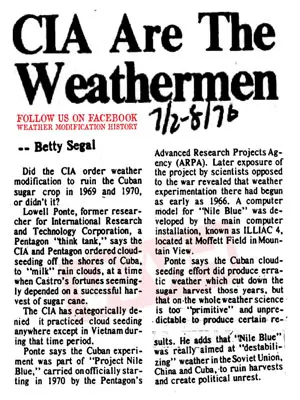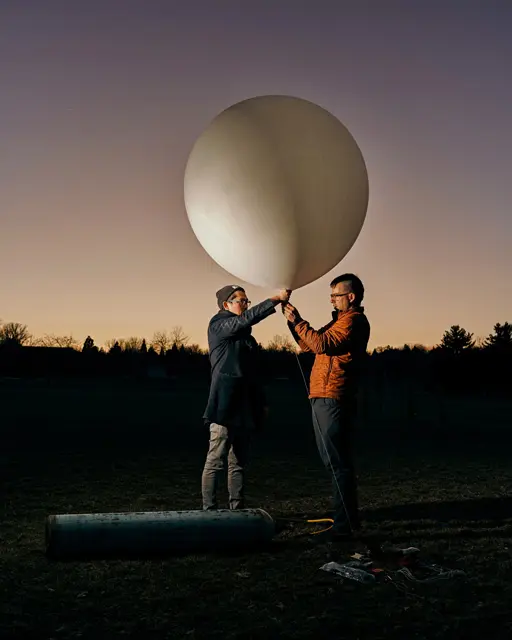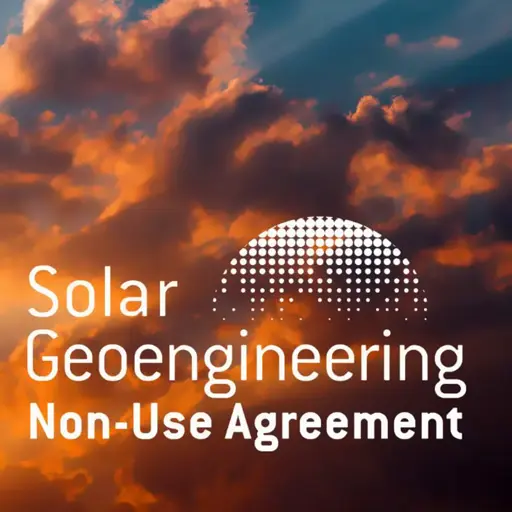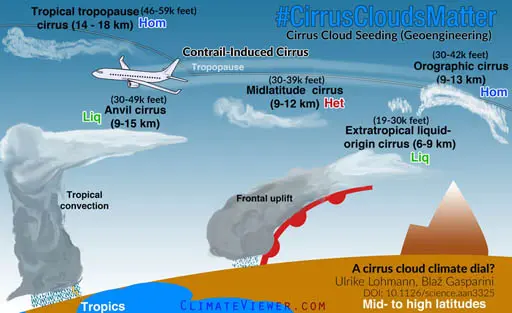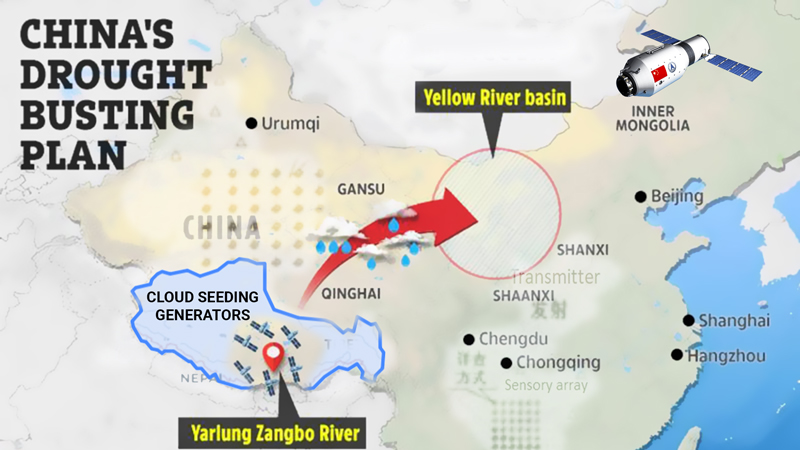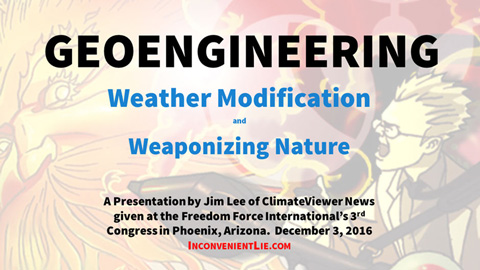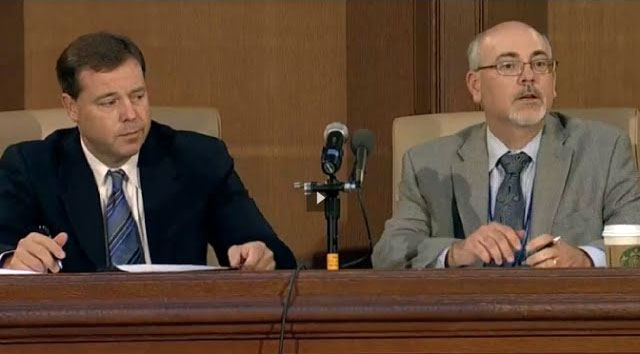
Meteorologists have documented upward lightning, which travels upward from the ground to the clouds, since 1939, but they remain puzzled about how it happens. Now, one research team’s analysis of high-speed video taken in Rapid City, South Dakota, captures a possible clue: a downward flash that preceded most upward lightning filmed by the observers.
In the video above, a sudden flash of lightning drops from the clouds on the left and strikes the ground just before more streaks of lightning appear, leaping upward from the top of a television tower toward the clouds. The team shot this slow-motion footage, which expands a second or so of real time into 40 seconds of viewing, at 1,000 images per second. The scientists have, for the first time, estimated the frequency of these presumed electrical preludes, made visible by the swiftness of high-speed video.

Upward lightning is rare, said atmospheric scientist Tom Warner of the South Dakota School of Mines and Technology in Rapid City, who led the analysis published today in the Journal of Geophysical Research — Atmospheres, a journal of the American Geophysical Union. Most lightning streams either between clouds or from a cloud to the ground through pathways of ionized air called leaders. Scientists don’t yet know how leaders form, Warner said, but typically a leader with a surplus of electrons descends from the clouds and compels a leader with a deficit of electrons to rise from the ground. When the leaders meet, the descending mass of electrons suddenly has a downward path with little resistance. The result: Electrons stream earthward, producing an electrical current and a bright streak of light.
A small minority of lightning — less than 1 percent – travels the opposite direction, from the ground to the clouds. These rising flashes can only occur where there are tall objects such as skyscrapers and radio towers. Companies that invest in wind power are especially interested in upward lightning, Warner said, because they want to protect their wind turbines. “There are wind turbines out there experiencing upward lightning,” he said, “and operators want to understand when conditions are favorable for upward lightning to occur and whether turbine exposure to upward lightning can be mitigated.”
Warner and his colleagues are seeking to understand the conditions needed for lightning to go up instead of down. The downward “triggering flash” that comes first is part of that equation.
In the above video, which stretches a third of a second to 1-1/2 minutes, leaders descend from the clouds and one on the left connects with the ground at about the 14-second mark, emitting a bright flash of light. That’s the triggering flash. Then, starting at about the 17 second mark, three strokes of upward lightning ascend from nearby radio and TV towers. The upward lightning encounters flickering paths of negative charge called recoil leaders, which spurt electrons back toward the tower and ground upon contact. Warner and his colleagues filmed this electrical storm at 9,000 images per second.
The new lightning study examines 81 upward flashes of lightning (additional videos are available at Warner’s website). The researchers say that downward flashes were clearly visible on their videos just before 57 percent of upward flashes. They note at least some brightness just before all but one of the upward flashes, presumably a sign of off-camera triggering flashes. They also find that, on average, the downward trigger happens 17.5 kilometers (11 miles) from the upward flash, and about 7 hundredths of a second before it.
Warner and his colleagues propose that upward lightning occurs because the triggering flash disrupts the storm’s electric field. For example, electrons could stream through the triggering flash’s horizontal branches to an area near the tower, creating a surplus of negative charge above. Electrons could also reach the tower by moving through older, previously formed leaders. But to figure out just what mechanism makes upward lightning possible, Warner said, the researchers need to map the leaders in three dimensions relative to the towers.
-Sean Treacy, AGU science writing intern




